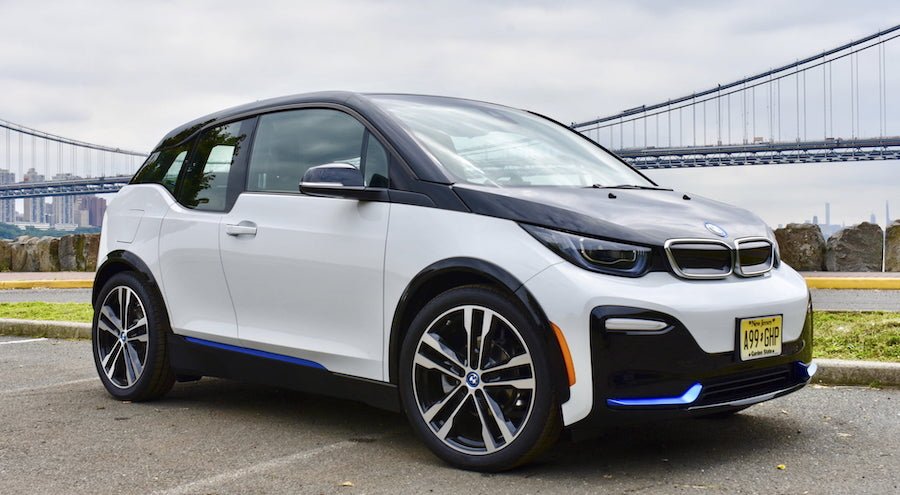Aren’t electric cars boring to look at? Despite the free rein many firms have to package these futuristic machines, it’s a shame that most turn out decidedly dull.
Not the BMW i3, though. And not only does it look cool, but there’s real innovation behind it, too, with the car being constructed predominantly from carbonfibre-reinforced plastic, helping to offset the 230kg heft of its lithium ion battery pack.
The i3 has a high price and only a modest range, so it has been overtaken by many cheaper models that may not look interesting but can go further on each charge and are more practical. However, as a used buy, the i3 now stacks up as a reasonable route into EV ownership. Careful which version you go for, mind. The original i3, known as the 60Ah, has a 22.6kWh battery pack, from which you should expect to extract only around 80 miles.
In late 2016, the 94Ah arrived with a 33kWh battery and realistic range of about 120 miles – a useful hike that makes it the pick of the bunch. Most recently, BMW introduced the more expensive 120Ah, which has a 42.2kWh battery and an average real-world range of 165 miles, according to our sister title What Car?’s Real Range test.
Another recent addition was the sportier i3s, which gets 13bhp extra, at 181bhp, plus a wider rear track, 20in alloys, fatter tyres, retuned suspension and flared wheel arches.
To banish range anxiety, a model called the Range Extender – or REx for short – was available until 2018. This features a two-cylinder, 647cc petrol engine from a BMW motorbike that fires up to generate power for recharging the battery once that runs flat. Its tank is big enough for only nine litres of petrol, but it increases the i3’s range a useful amount, it’s easy to fill up (obviously) and it doesn’t cost a great deal more than a conventional i3 on the used market.
Although the i3’s range isn’t especially impressive, you’ll enjoy driving every mile in it. It’s a fun car that delivers typically zingy electric pace off the line and its well-weighted steering is among the best of its EV class. Plus, while it may be on the small side, there’s a real high-quality, futuristic feel to its cabin and excellent, airy visibility – along with BMW’s market-leading dial-controlled infotainment system.
The starting point for a used i3 today is around £13,000. This will get you a 2014 60Ah model with above-average mileage and a full service history, bought from a specialist. Between £16,000 and £18,000 will secure you a 2015 or early 2016 car in our favoured 94Ah spec. Once into the realm of £20,000, you’ll find good 2017 cars with a low or average mileage, bought from a franchised dealer, while £22,000 to £25,000 will hook you up with an i3 from late 2017 or early 2018.
BUYER BEWARE
Engine Where fitted, the range-extender engine can suffer fuel pressure sensor and fuel pump relay issues.
Body The model's carbon-fibre body means you should be wary of dents, which are expensive to fix.
Wheels The diamond-cut alloys are susceptible to corrosion.
Brakes Check the discs aren't unduly corroded (the brakes don't get much use).
Suspension Upper suspension mounts have been known to fail (listen for odd noises over speed humps and check for torn gaiters, a well-documented issue on early cars).
Interior Owners report that the optional leather upholstery stains and is hard to keep clean.
NEED TO KNOW
In What Car?’s latest Reliability Survey, the i3 ranked ninth out of 11 hybrid and electric cars.

